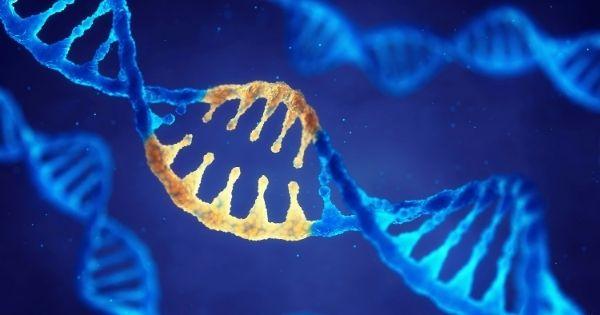
Modifying nucleic acids with tags allows for the detection and purification of the nucleic acid (DNA or RNA) during synthesis. The resulting nucleic acid probes identify or recover other interacting molecules as well. Radiolabeled compound suppliers use enzyme and chemical methods to label the nucleic acid at the 5’ or 3’ ends of the oligonucleotide, as well as randomly throughout the sequence. Here are a few of the most common methods for labeling nucleic acids.
Enzymatic Methods
Terminal deoxynucleotidyl transferase (TdT).
TdT is a DNA polymerase enzyme expressed in lymphoid cells. TdT is useful for ssDNA labeling at the 3’ labeling site. It is often used to label DNA probes for RACE (Rapid Amplification of cDNA Ends), TUNEL (Terminal deoxynucleotidyl transferase dUTP Nick-End Labeling) assays, and as a method for adding 3′ overhangs to DNA fragments to facilitate cloning.
T4 RNA Ligase
T4 RNA ligase is an enzyme coded in the genome of the T4 bacteriophage. T4 RNA ligase is also effective for ssDNA at the 3’ labeling site, but it is more widely used for RNA labeling. T4 RNA ligase is used to label the 3′ end of RNA with [5′ ³²P]pCp (cytidine-3',5'-bisphosphate) and modify mRNA for cDNA library generation and performing 5′-RACE.
T4 Polynucleotide Kinase (PNK)
T4 polynucleotide kinase (T4 PNK) is an enzyme coded for the T4 bacteriophage genome. T4 PNK transfers an organic phosphate from the gamma position on ATP to the 5′-hydroxyl group of DNA and RNA. T4 PNK is used primarily for labeling the 5′ ends of polynucleotides with radioactive phosphate from isotope-modified ATP.
Chemical Methods
Periodate oxidation of RNA
Periodates are anions formed from oxygen and iodine and are commonly found as salts of sodium or potassium. Aldehyde groups that are created in solutions with periodates are spontaneously reactive toward amine-containing surfaces or molecules. Thus, periodate oxidation of RNA is a standard chemical method for nucleic acid labeling at the 3’ labeling site.
EDC Activation of 5′ Phosphate
EDC or 1-Ethyl-3-(3-dimethyl aminopropyl) carbodiimide is a water-soluble compound that is preferably used in aqueous reactions when the pH is between 4.0 and 6.0. An EDC-mediated conjugation is an economical approach for coupling DNA and RNA to any primary amine-containing surface or molecule.
Chemical Random-Labeling
Random chemical labeling of nucleic acids occurs in various ways. Since these methods label at random sites along the length of a DNA or RNA molecule, they allow a higher degree of labeling than end-labeling techniques. However, a disadvantage of this method is a direct modification of nucleotide bases, which reduces or prevents the pairing of bases between complementary strands while hybridization experiments are underway. Thus, balancing the degree of labeling with the probe hybridization efficiency in some specific experiments is necessary.
While there are several other methods for labeling nucleic acids, these enzymatic and chemical methods are a few of the most common. Visit Moravek to learn more about custom radiolabeling.
